Be a Butterfly Savior — Garden for the Monarchs
http://decor-ideas.org 01/11/2014 05:22 Decor Ideas
I had a 10-gallon aquarium sitting on our dining room table in 2011. I’d browsed Craigslist to find a rearing tank for monarchs. When I met with the seller in a McDonald’s parking lot, I discovered she was about 13, and her older brother came out from the counter inside to oversee the $20 transaction. It felt like a drug deal. In many ways it was — I’m addicted to monarchs.
I raised 150 that year from egg to wing, and this year I raised only five. As the last bits of habitat in the Midwest for wildlife like monarch butterflies are being removed, our gardens are becoming last refuges. Our small lots provide opportunities to design new garden spaces that do more good than we’d ever dreamed possible.
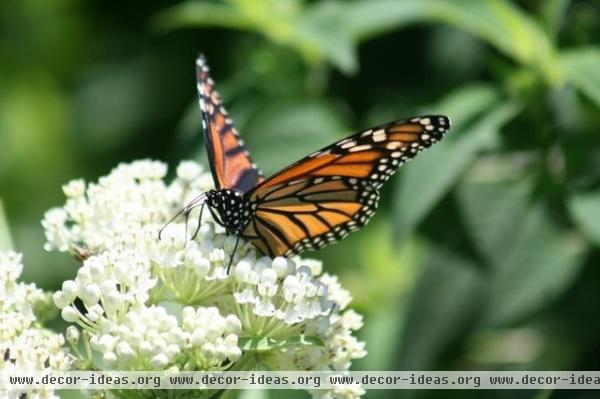
Monarch butterflies are probably one of the most visible summer butterflies — they’re hard to miss. In fall they migrate thousands of miles, from as far as southern Canada all the way to the oyamel forests in the mountains of central Mexico. These conifer woodlands protect the monarchs from most weather, and as the insects cluster together in massive dreadlocks of butterflies, they keep each other warm. In the winter of 2012 to 2013, monarchs occupied only about 3 acres in Mexico, and while that number represents millions of monarchs, it is also a record low.
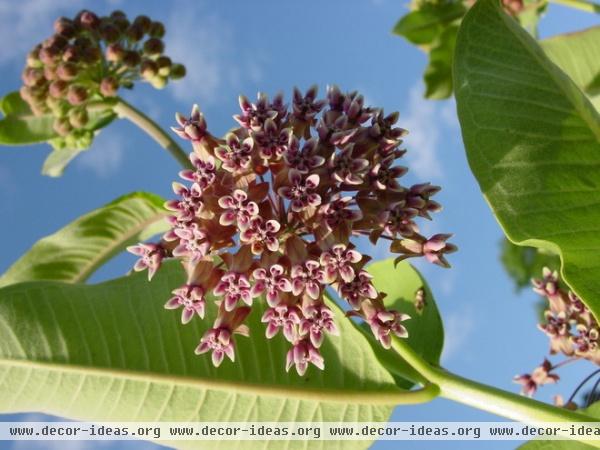
The key threats to monarch butterflies, and countless other insects, are many; luckily, we have control over most of them. Here are a few.
The loss of milkweeds, their only caterpillar host plant, due to the expansion of row crops in the Midwest and Great Plains, along with the growing of GMO crops, which tolerate more herbicide spraying.The push for biofuels, which encourages more conversion from prairie to row crops. From 2006 to 2011, 1.3 million acres were converted in just Nebraska, Minnesota, Iowa and the Dakotas.Suburban sprawl, which takes away 2.2 million acres of habitat a year. The deforestation of the oyamel forests in Mexico.New weather extremes in both North America and Mexico, which hinder reproduction in the spring and summer and the ability to survive winter.

This winter, 2013 to 2014, it’s estimated that monarchs will cover less than 1.5 acres in Mexico — due in large part to a loss of milkweed and an unusually cold spring in 2013 that limited egg laying. Perhaps the most important state in the country for milkweed is Texas, since each spring monarchs funnel north; females who have survived the winter are desperate to lay eggs before they die. It will be monarchs several generations later that come back south through Texas in the fall, seeking nectar sources to fuel them for the home stretch into Mexico.
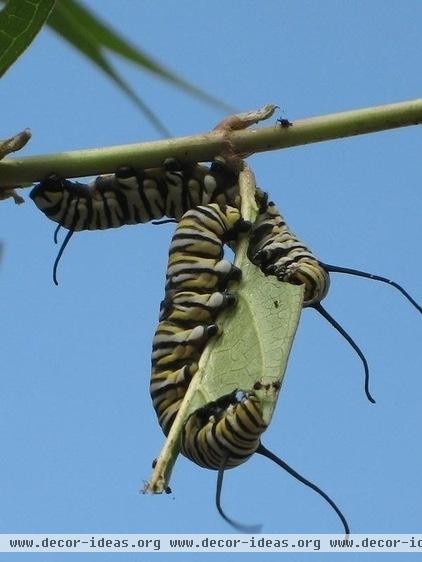
What You Can Do to Help the Monarchs
1. Plant milkweed in your landscape. There are over 140 species native to North America — for shade, for sun, for dry soil, for wet soil. See which species are native to your locale and browse places that may sell milkweed and other native plants.
When you plant milkweed, you also help countless other insects that use it as a host plant and a nectar source.
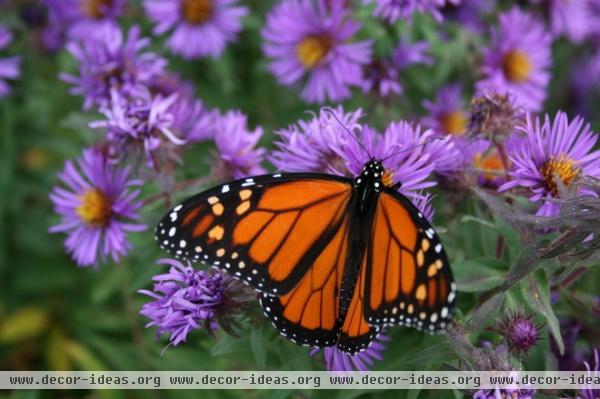
2. Plant native nectar sources for adult monarchs. Here in Nebraska some of their favorite wildflowers include:
New England aster (Symphyotrichum novae-angliae)Meadow Blazingstar (Liatris ligulistylis)Rough Blazingstar (Liatris aspera)Ironweed (Vernonia spp)Joe Pye Weed (Eupatorium spp)SunflowerBoneset (Eupatorium perfoliatum)Stiff Goldenrod (Solidago rigida)Coneflower (Echinacea spp)
And while you’re gardening, don’t spray anything anywhere. If you create a lush garden, the good bugs will come eat the bad and mitigate any troubles.

3. Create a diverse habitat. The more diversity in structure and plant type, the more homes you provide for wildlife like monarchs. In fact, when you plant for monarchs, you plant for so much more, especially pollinating insects that give us one in three bites of food. In addition, insects comprise 100 percent of a baby songbird’s food — and most songbird populations are also in decline, at a rate of 1 to 3 percent annually. For more on gardening for insects, see Doug Tallamy’s book Bringing Nature Home.
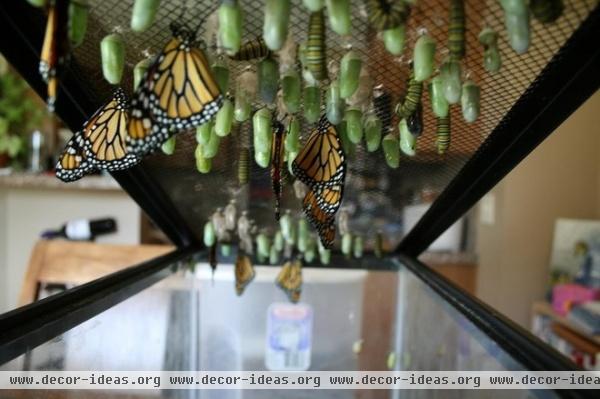
4. Consider raising monarchs. Look on milkweed leaves for tiny sesame seed–size eggs. Put the leaf in an airtight container, and in a few days you’ll have a caterpillar the size of a small eyelash. After it gets big enough, move it to a container that’s at least 3 inches tall and has air holes (holes it can’t escape through). In two weeks, and after several skin sheddings, you’ll have a big, juicy caterpillar.
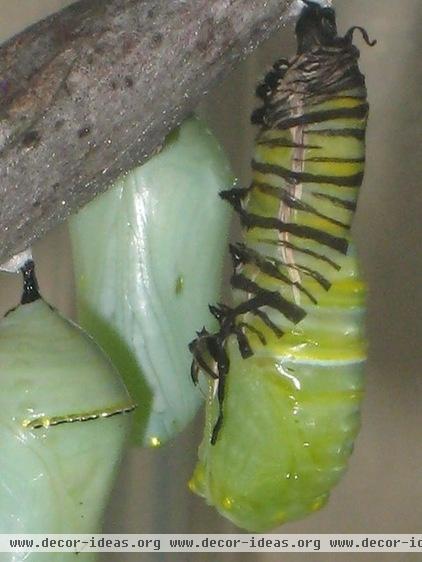
That caterpillar will secure itself to a silk anchor that it hangs from, and within 24 hours will shed its skin one final time to reveal a chrysalis, which it will emerge from in 10 to 14 days (you’ll know a day in advance before it comes out, because the chrysalis will turn clear). Here are some good tips on raising monarchs — an activity that the kids will surely enjoy. You know, you have to hook the the young’uns early!
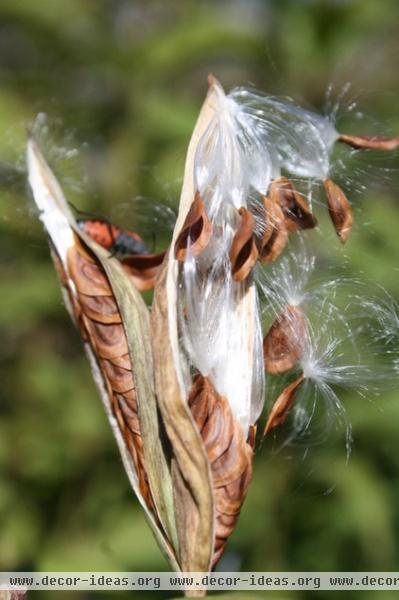
5. Save and sow milkweed seed. In fall your pollinated milkweeds should have lots of fluffy seeds. (The silk down that the seeds are attached to makes a nice pillow fill and was spun into parachutes during World War II.)
Seeds commonly need 30 to 60 days of cold, wet weather to germinate in spring. Sowing them outdoors in fall on top of loose soil is an easy way to ensure seedlings, and growing your own plants is cheap and environmentally friendly.
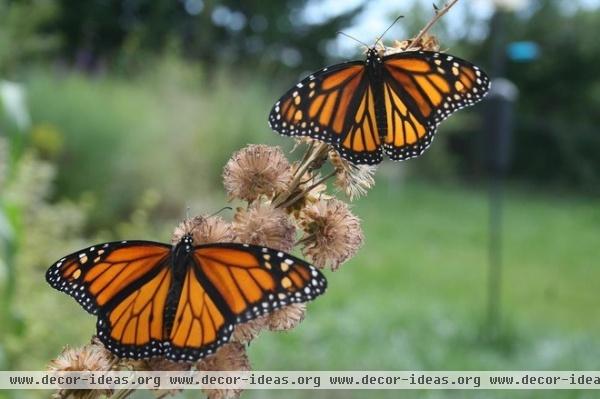
On the bottom left here is a slightly larger male monarch, who has a small scent gland on two wings, which releases pheromones to attract a mate. The female is at the top right — slightly smaller and with thicker black lines.
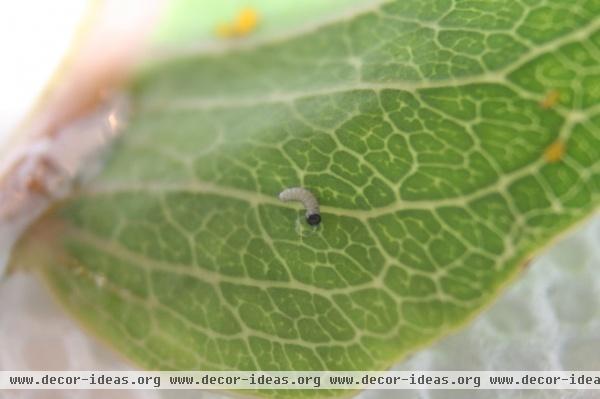
Why are monarchs important? Because they represent who we are and how we tend our gardens. Many cultures see the monarch and other butterflies as a symbol of rebirth and freedom, hope and faith. If our landscapes can create both beauty for us and a healthy home for other life, then our gardens can mean so much more to us and future generations who will inherent them.
The next time you think about adding plants to your garden or making a new bed, consider the monarch caterpillar that’s just emerged from its egg, and all the hope and faith you share with the world around you.
More: Butterfly Gardening: Delight the Eyes With Living Sculptures
Related Articles Recommended












